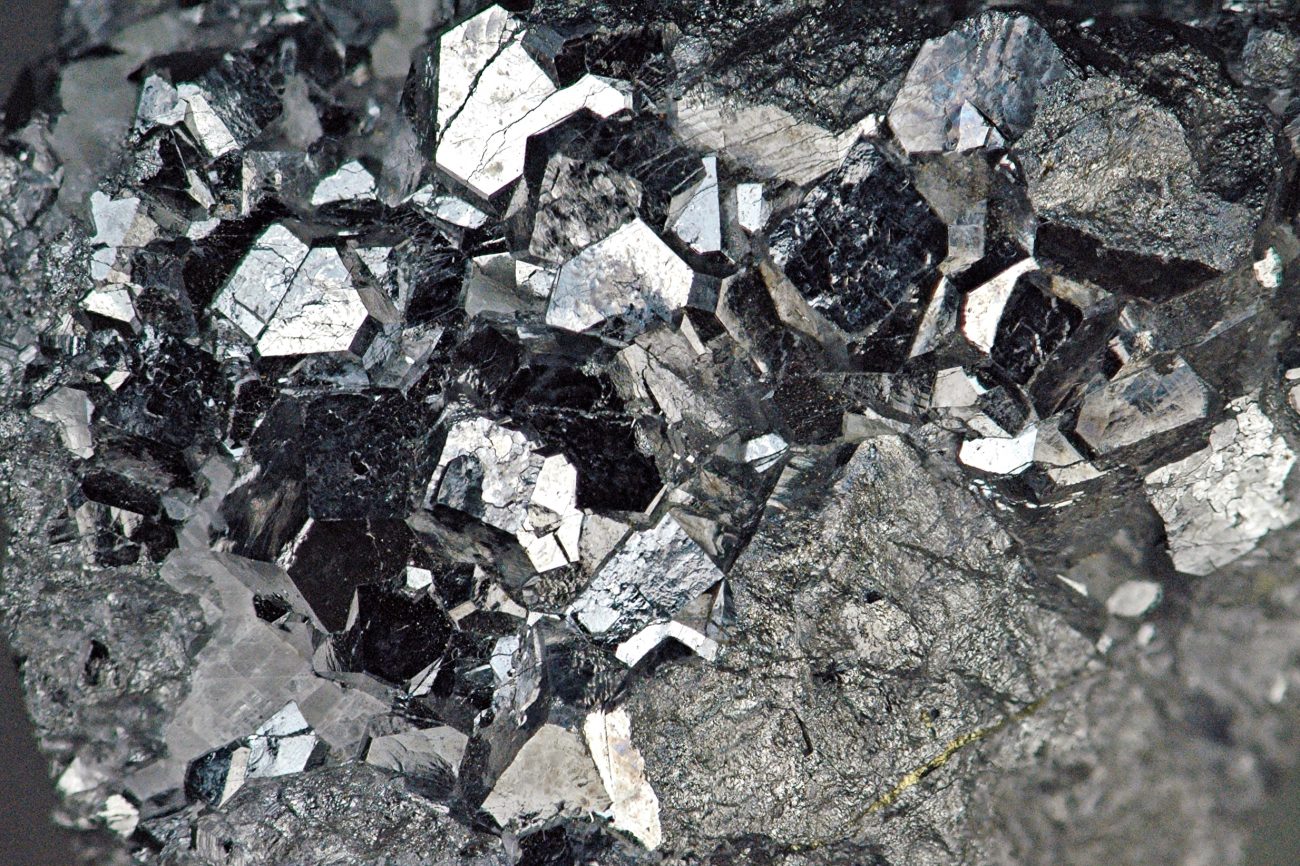We use them every day. To make coffee, work, call loved ones, do laundry or even play games. In the past decades, our use of electronics for a majority of tasks we perform daily has considerably increased. And with it, so has their environmental impacts.
From extraction to manufacturing, use and disposal, our electronics leave a considerable footprint on the planet. The solution? Keep their for longer and repair them when they break down! Easier said than done when manufacturers are doing everything they can to prevent repair and encourage consumption.
But let’s go back to why this is an important fight.
Extraction
Critical raw materials used in electronics are mined from other people’s land, and the impacts of this mining are often invisible to us. Mining processes require a lot of environmental management and there is a high cost associated with this, so it makes more economic sense for this to occur in other regions of the world when possible.
And if mining occurs in countries without rule of law, sound regulation and enforcement, risks arise. Use of acid and chemicals in mining processes can threaten health of nearby communities as well as local environment and biodiversity. During the extraction process, large masses of fresh water are required leading to water scarcity and sometimes, salinisation of the neighbouring lands.
Moreover, the vast majority of these critical raw materials cannot be recycled effectively – many have nearly insignificant rates of recycling. Recyclers are constantly playing catch-up to an ever-faster cycle of new products, new materials and new technologies – having to invent new techniques and business models for processing dead devices.
What this means in practice is that demand for virgin critical raw materials continues to increase with every new product we buy.
More information about raw materials can be found here and about the impacts of mining here here.
Manufacturing and use
Many of us think that buying a new and energy efficient electronic product is the best solution. However improvements to in use energy efficiency for consumer electronics very rarely offset the climate impact linked to production.
A study by campaign co-founder EEB found that 72% of the climate impacts of a smartphone occurs outside of its « use phase ». That’s before it’s bought and once it’s disposed. We would need to hold on to a smartphone for at at least 25 years (!) for the gains in energy efficiency in use to offset for the enviromental impact of its manufacturing.
Therefore, extending the lifespan of a phone as much as possible is the most efficient way to reduce its environmental impacts. Yes, that means holding on to it as long as you can! And it’s confirmed by numbers.
According to the same study by the European Environmental Bureau, extending the life of European smartphones by just 1 year would save 2.1 million tonnes of CO2 per year. The equivalent of taking 1 million cars off the road!
Disposal
Between premature obsolescence and products increasingly hard to fix, disposal of electronic products is increasing. According to the UN, electronic waste is now the fastest growing waste stream in the world, reaching a staggering 50 million tonnes a year, the equivalent of more than 4500 Eiffel Towers.
Out of which, only 20% is effectively recycled, the rest being burnt or left in landfills. The predictions are even more dire. If nothing is done, the amount of electronic waste could double to reach 120 million tonnes in 2050.
It’s not all negative though. This year, we’ve won some historic victories and became closer than ever to making the Right to Repair a reality and ensuring consumers as well as repairers will be able to fix their products instead of throwing them away.
You can join this movement too! Sign up here and stay informed of what you can do to make this a reality.

